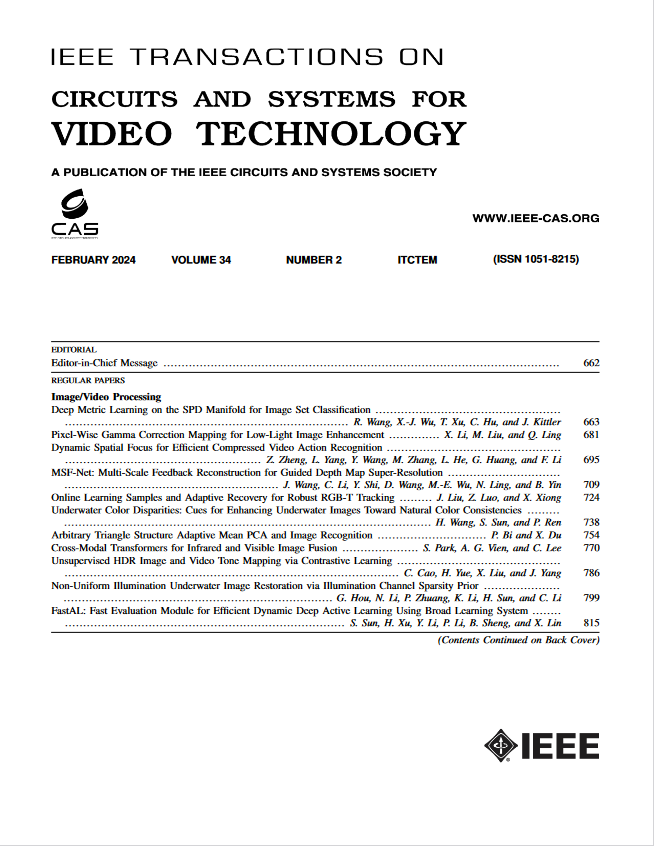Selectively Hard Negative Mining for Alleviating Gradient Vanishing in Image-Text Matching
IF 8.3
1区 工程技术
Q1 ENGINEERING, ELECTRICAL & ELECTRONIC
IEEE Transactions on Circuits and Systems for Video Technology
Pub Date : 2024-10-15
DOI:10.1109/TCSVT.2024.3480949
引用次数: 0
Abstract
Most Image-Text Matching (ITM) models adopt Triplet loss with Hard Negative mining (T-HN) as the optimization objective. T-HN mines the hardest negative samples in each batch for training and achieves impressive performance. However, we observe that these ITM models have bad training behaviors in the early phases of training. Model training is difficult to converge, and matching performance is slow to improve. In this paper, we find that the cause of bad training behavior is that the model suffers from gradient vanishing. Optimizing an ITM model using only the hardest negative samples can easily lead to gradient vanishing. Through gradient analysis, we first derive the condition under which the gradient vanishes during training. We explain why the gradient tends to zero under certain conditions. To alleviate gradient vanishing, we propose a Triplet loss with Selectively Hard Negative mining (T-SelHN), which decides whether to mine the hardest negative samples according to the gradient vanishing condition. T-SelHN can be applied to ITM models in a plug-and-play manner to improve their training behaviors. To further ensure the back-propagation of gradients, we construct a Residual Visual Semantic Embedding model with T-SelHN, denoted RVSE++, which has a simple network structure and efficient training and inference speeds. Extensive experiments on two ITM benchmarks demonstrate the strength of RVSE++, achieving state-of-the-art performance. The code is available at求助全文
约1分钟内获得全文
求助全文
来源期刊
CiteScore
13.80
自引率
27.40%
发文量
660
审稿时长
5 months
期刊介绍:
The IEEE Transactions on Circuits and Systems for Video Technology (TCSVT) is dedicated to covering all aspects of video technologies from a circuits and systems perspective. We encourage submissions of general, theoretical, and application-oriented papers related to image and video acquisition, representation, presentation, and display. Additionally, we welcome contributions in areas such as processing, filtering, and transforms; analysis and synthesis; learning and understanding; compression, transmission, communication, and networking; as well as storage, retrieval, indexing, and search. Furthermore, papers focusing on hardware and software design and implementation are highly valued. Join us in advancing the field of video technology through innovative research and insights.

 求助内容:
求助内容: 应助结果提醒方式:
应助结果提醒方式:


